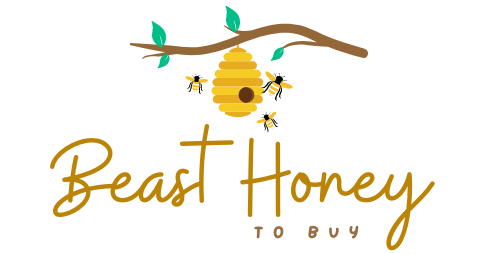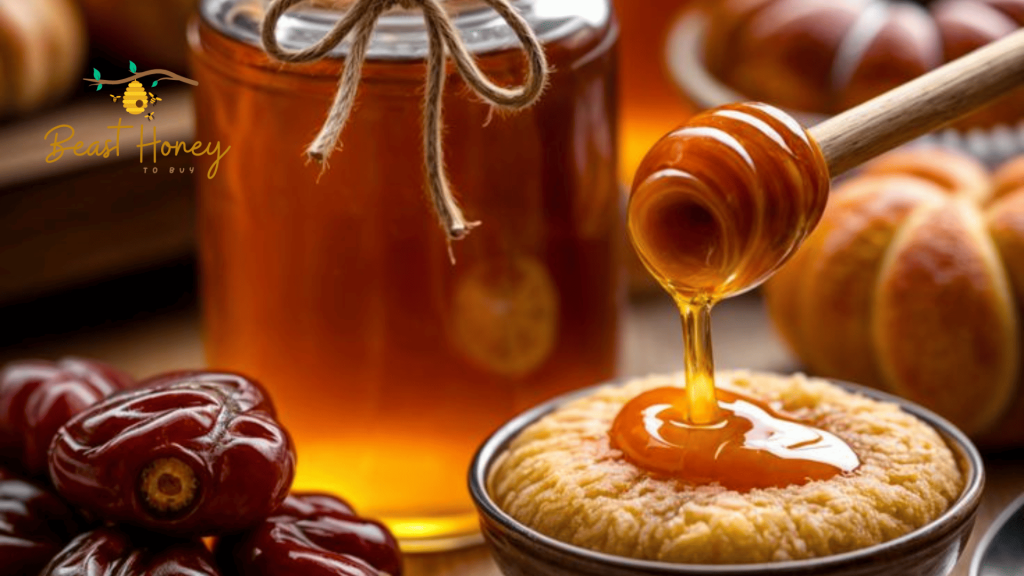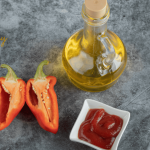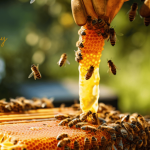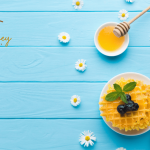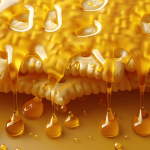Why Sell Honey at Farmers Markets?
Farmers markets are perfect for small-scale beekeepers.
They let you connect directly with customers.
You can tell your story, share your passion, and build a loyal customer base. Plus, people love buying local, natural products like honey. But to sell legally and profitably, you need to handle permits and pricing carefully.
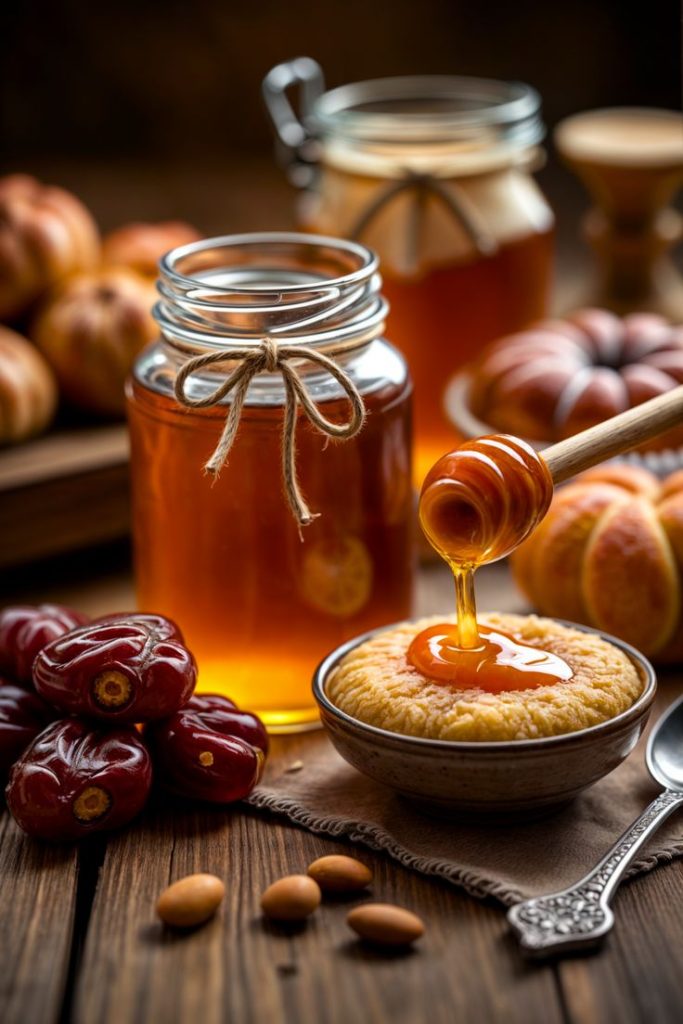
Understanding Permits for Selling Honey
Before you sell a single jar, you need the right permits. Rules vary by state, county, and even the specific market. Skipping this step can lead to fines or being shut down.
Let’s break down the key permits you might need.
1. Food Handler’s Permit
Most states require a food handler’s permit to sell edible products like honey. This shows you understand safe food handling practices. Some markets might ask for a certificate from a food safety course. These courses are often online, cost $10-$50, and take a few hours.
Example: In California, you need a Food Handler Card. It costs about $15 and is valid for three years.
2. Cottage Food License
If you’re processing honey at home, you might need a cottage food license. This applies to small-scale food producers selling low-risk foods like honey. Each state has different rules for cottage food operations. Some require kitchen inspections, while others just need an application.
Example: In Texas, a Class A Cottage Food License lets you sell directly to consumers without an inspection. The fee is usually under $100.
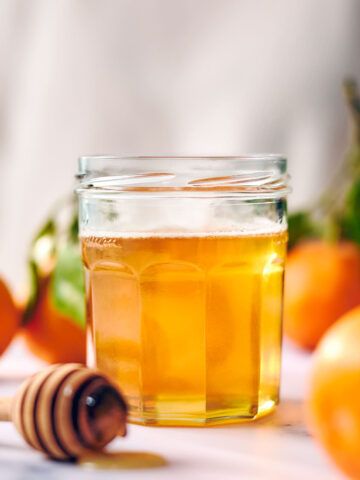
3. Business License
Most farmers markets require a business license. This is a general permit to operate a business in your city or county. It’s usually simple to get and costs $25-$100, depending on your location.
4. Farmers Market Permit
Each farmers market has its own rules. Some require a vendor permit or a stall fee. These can range from $10 to $50 per market day. Check with the market manager to understand their requirements. They might also ask for proof of insurance.
Tip: Always contact your local health department and the farmers market coordinator. They’ll give you a clear list of required permits.
5. Sales Tax Permit
If your state collects sales tax on food, you’ll need a sales tax permit. This allows you to collect and report taxes on your honey sales. Some states, like Oregon, don’t have sales tax, so you might skip this step. Check your state’s revenue department website for details.
6. Labeling Requirements
Honey jars need proper labels to meet federal and state laws. Your label should include:
- The word “Honey” prominently displayed
- Net weight (e.g., 16 oz or 1 lb)
- Your business name and address
- Ingredients (if you add anything, like flavors)
- A “packed in a facility that handles allergens” warning, if needed
Some states have stricter rules, so double-check with your health department.
Pro Tip: Invest in professional-looking labels. They make your product stand out and build trust with customers.
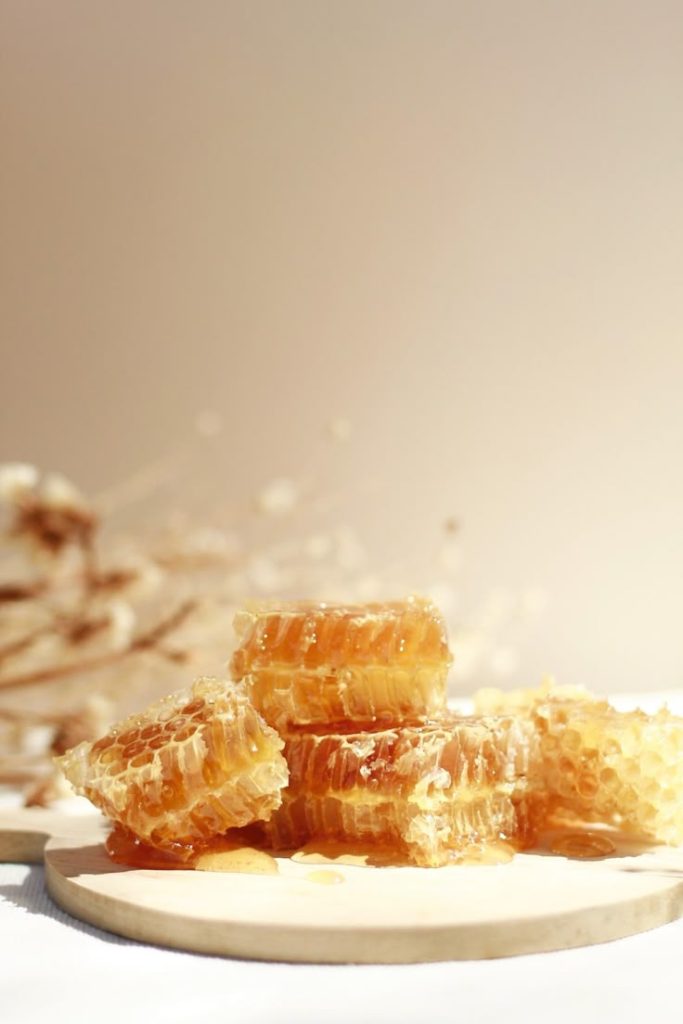
How to Price Your Honey
Pricing honey is tricky. You want to cover your costs, make a profit, and still attract buyers.
Here’s how to set prices that work.
Step 1: Know Your Costs
Start by calculating how much it costs to produce your honey. Include everything:
- Beekeeping Supplies: Hives, bees, protective gear, and tools
- Packaging: Jars, lids, labels, and shipping materials
- Permits and Fees: Licensing, market stall fees, and insurance
- Labor: Your time spent harvesting, bottling, and selling
- Other Costs: Gas for driving to markets, tablecloths, signage, etc.
Example: Let’s say you produce 100 jars of honey. Your total costs (supplies, packaging, fees, etc.) are $500. That’s $5 per jar. This is your baseline cost.
Step 2: Research the Market
Check what other vendors charge for honey at farmers markets. Prices vary based on location, quality, and demand. Local, raw honey often sells for $8-$20 per pound, depending on the area.
- Urban Markets: Prices are often higher ($12-$20 per lb) due to demand.
- Rural Markets: Prices might be lower ($8-$15 per lb) due to competition.
Visit nearby markets or talk to other beekeepers. Online platforms like Etsy can also give you a sense of pricing trends.
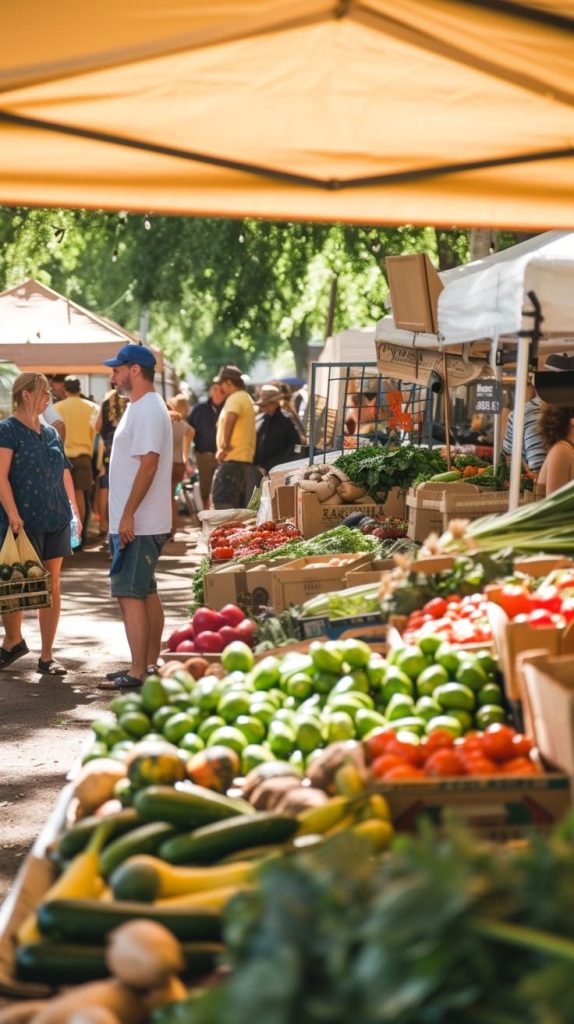
Step 3: Set Your Price
Add a markup to your baseline cost to cover profit. A common markup for small businesses is 50%-100%. So, if your cost per jar is $5, you might sell it for $7.50-$10.
Example Pricing:
- 8 oz jar: $6-$10
- 16 oz (1 lb) jar: $10-$18
- 32 oz (2 lb) jar: $18-$30
Offer different sizes to appeal to different budgets. Smaller jars attract first-time buyers, while larger ones appeal to regulars.
Step 4: Consider Value-Added Products
You can boost profits by selling more than just honey. Try these
- Flavored Honey: Infuse honey with cinnamon, lavender, or chili.
- Honey Comb: Sells for a premium ($15-$25 per piece).
- Beeswax Products: Candles, lip balm, or lotion bars.
These products can justify higher prices and attract more customers.
Step 5: Test and Adjust
Start with a price and see how customers respond. If your honey sells out quickly, you might be pricing too low. If it’s not selling, your price might be too high, or you need better marketing. Adjust based on feedback and sales.
Tip: Offer discounts for buying multiple jars (e.g., 3 jars for $25 instead of $30). This encourages bigger purchases.
Tips for Success at Farmers Markets
Permits and pricing are just the start. Here are extra tips to help you shine
- Create an Attractive Booth: Use a clean tablecloth, clear signage, and samples (if allowed). A banner with your farm’s name helps you stand out.
- Tell Your Story: Share what makes your honey special. Is it raw? Local? From a specific flower? Customers love a good story.
- Engage Customers: Smile, offer samples, and chat about your process. People buy from vendors they like.
- Accept Multiple Payments: Use a card reader like Square for credit cards. Many customers don’t carry cash.
- Track Sales: Keep a simple log of what sells and when. This helps you plan inventory and adjust prices.
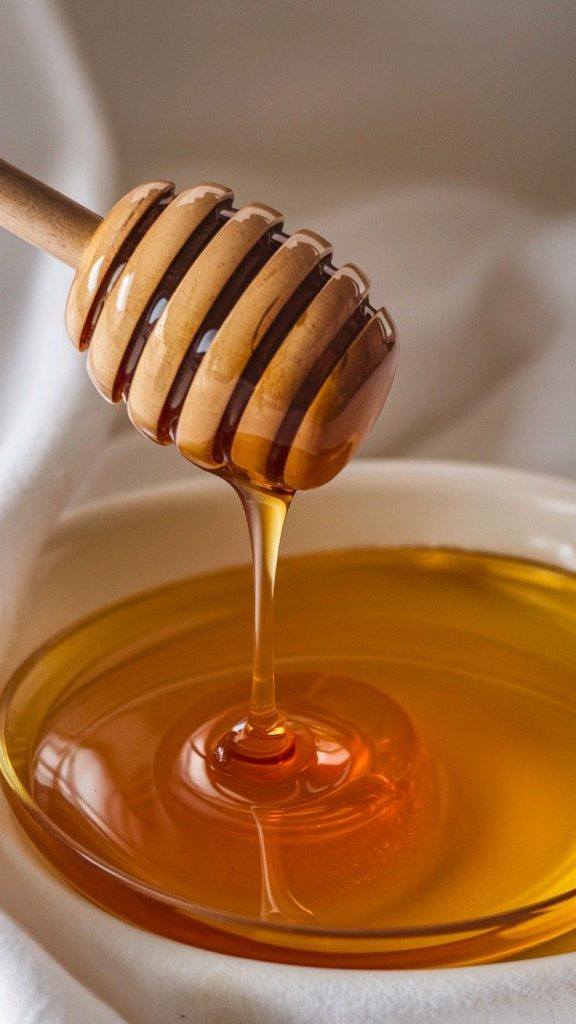
Common Mistakes to Avoid
- Skipping Permits: This can lead to fines or being banned from the market.
- Underpricing: Low prices might sell more but hurt your profits.
- Overpricing: High prices can scare customers away.
- Poor Presentation: Messy booths or unclear labels make customers hesitate.
- Ignoring Feedback: Listen to what customers say about your honey and prices.
Final Thoughts
Selling honey at farmers markets is rewarding but takes planning.
Get the right permits to stay legal. Price your honey to cover costs and attract buyers. With a great booth and a friendly attitude, you’ll build a loyal customer base in no time.
Start small, learn as you go, and enjoy sharing your honey with the world!
Ready to start? Contact your local health department and farmers market today. Set up your stall, price your honey right, and watch your business grow. Happy beekeeping!
